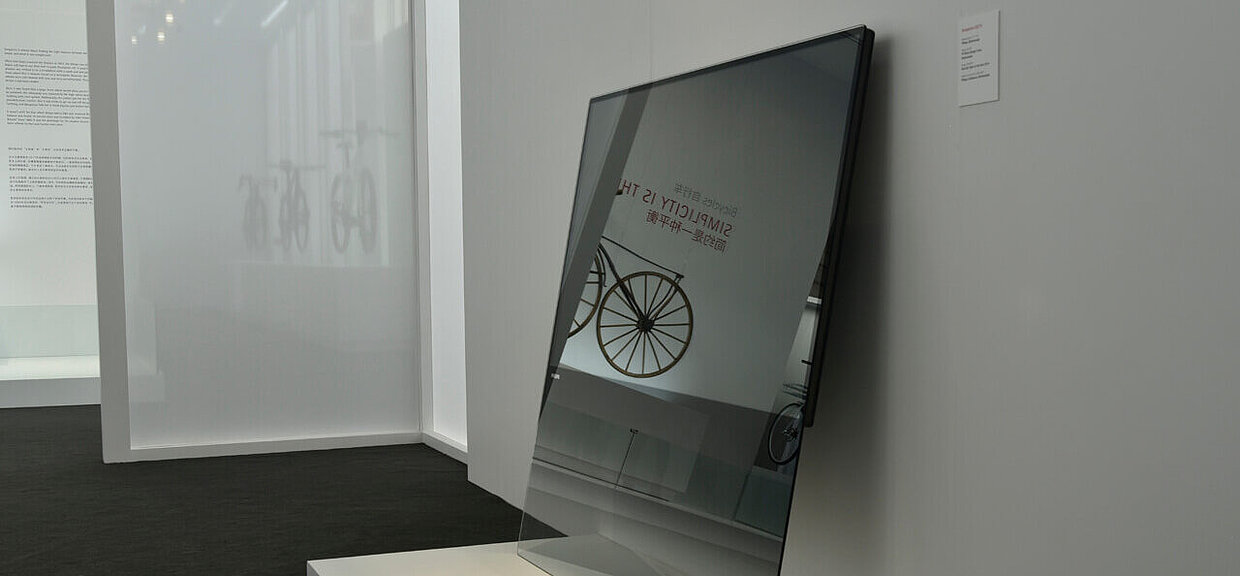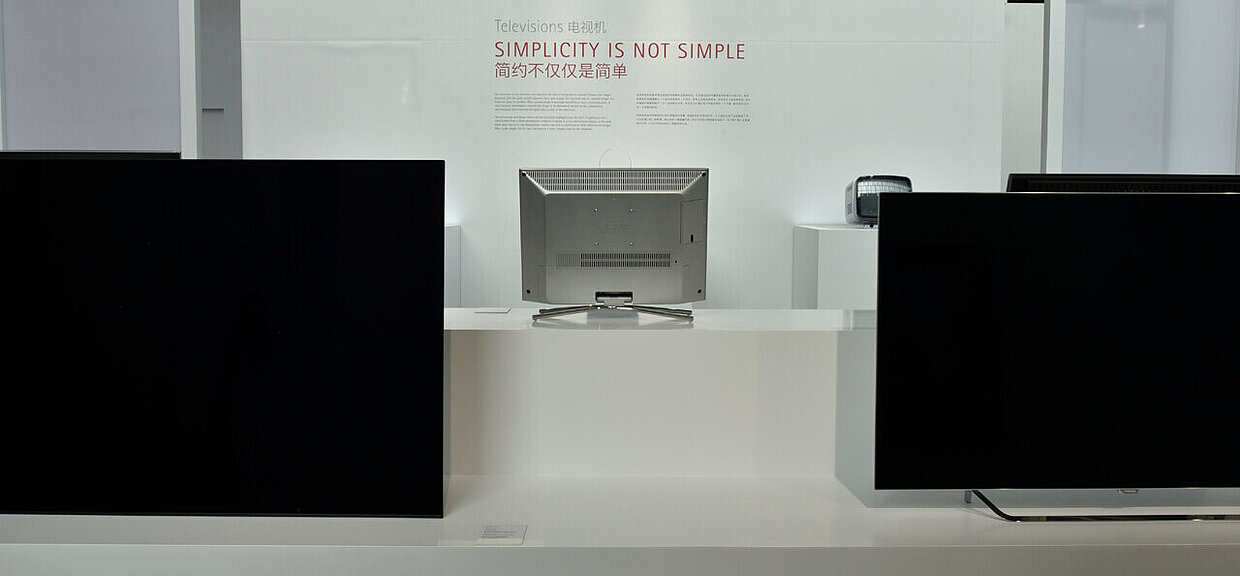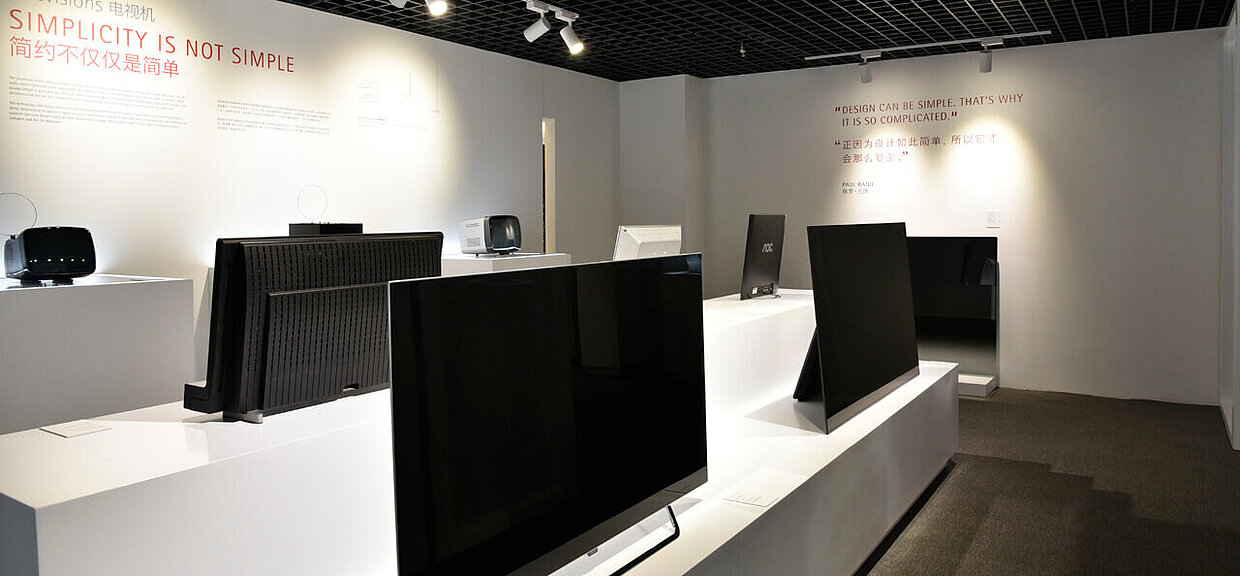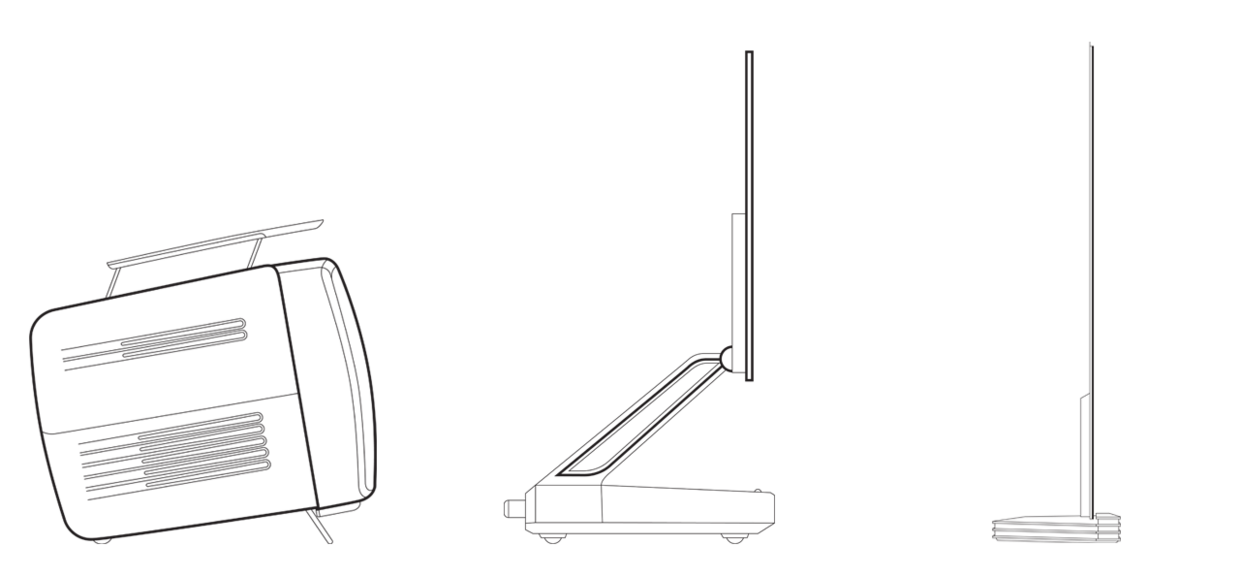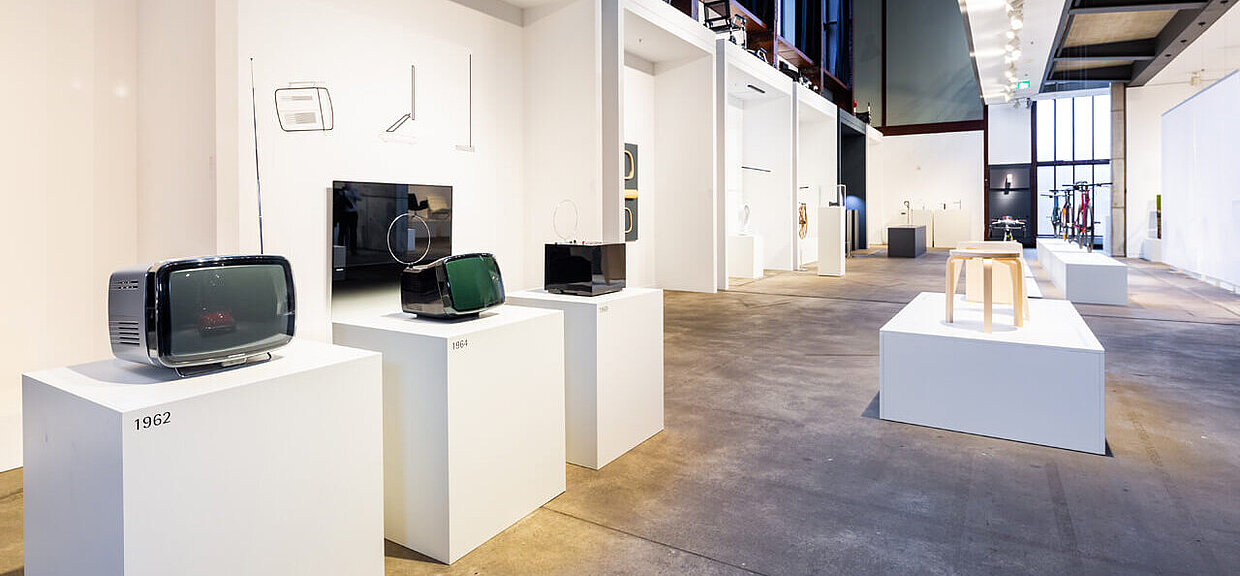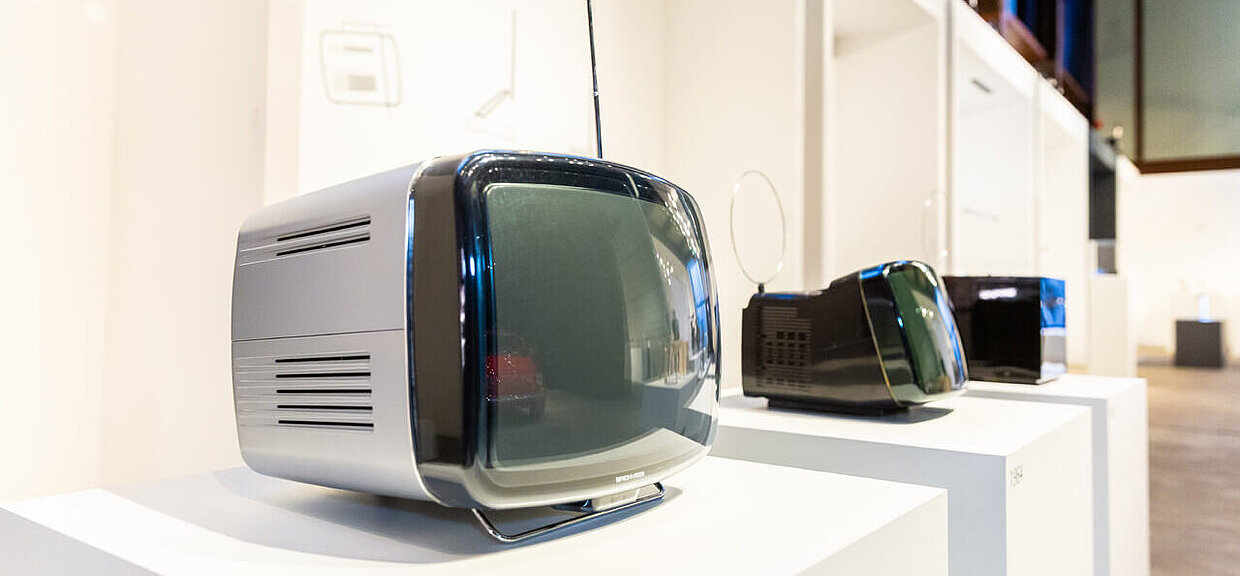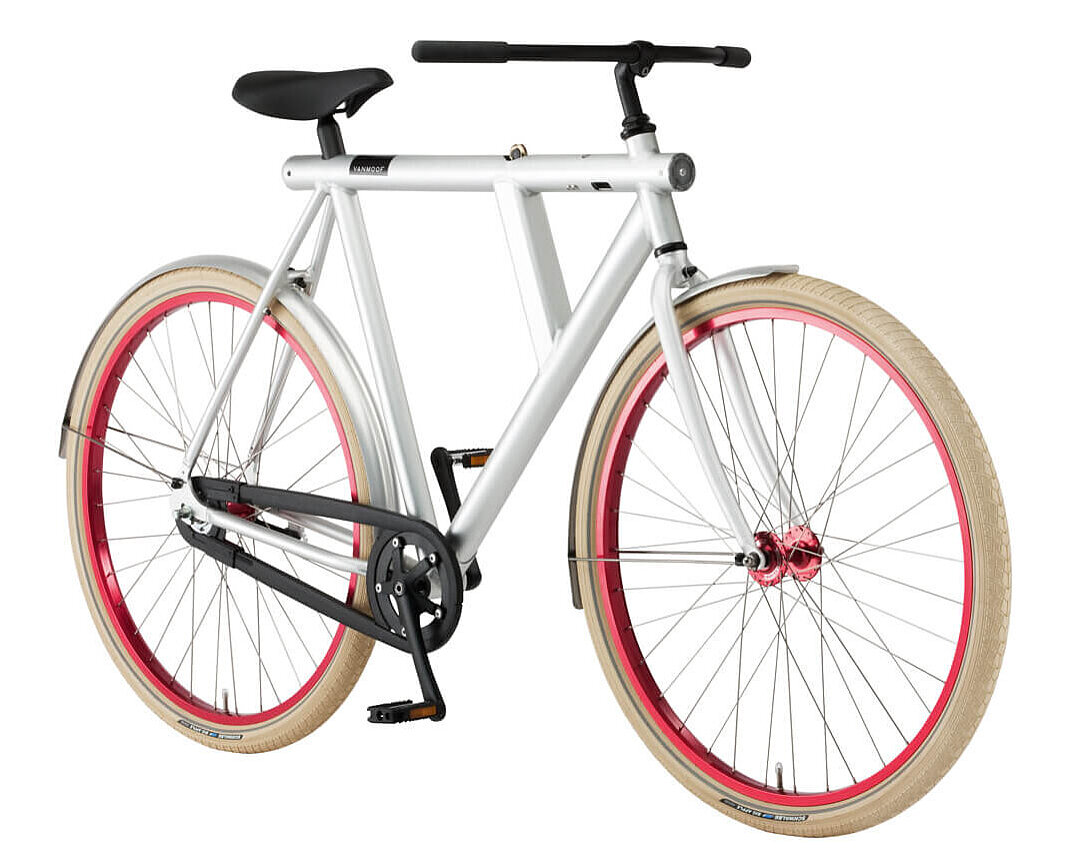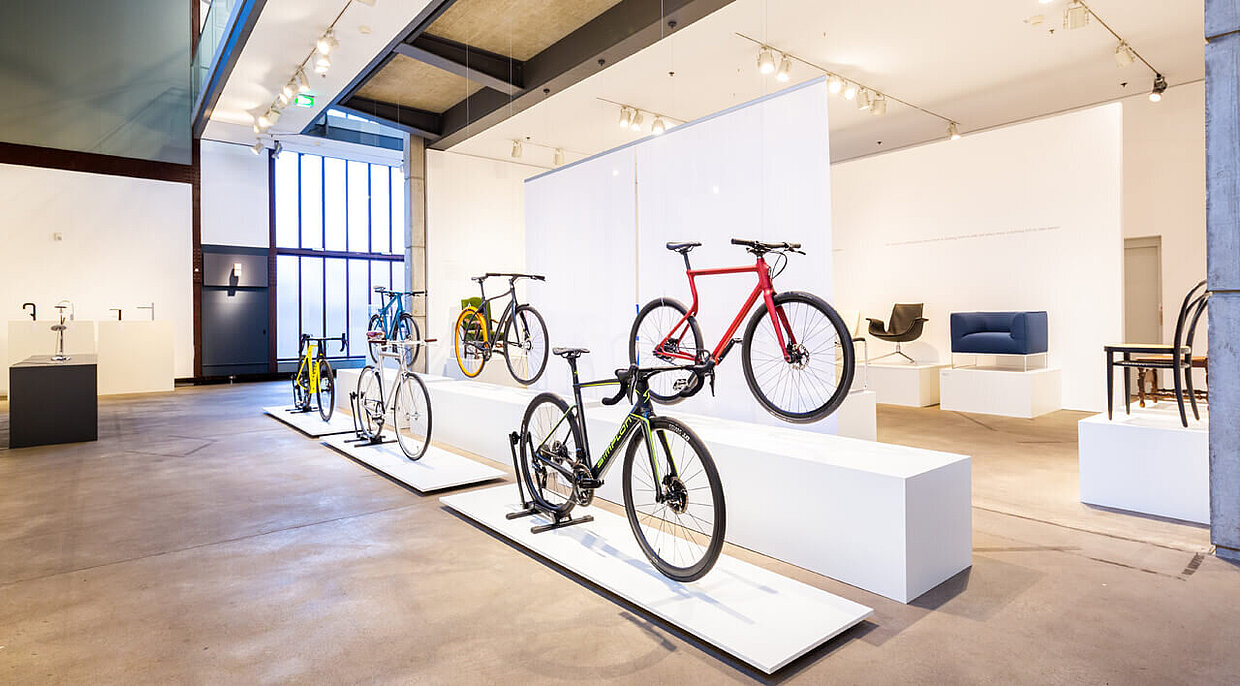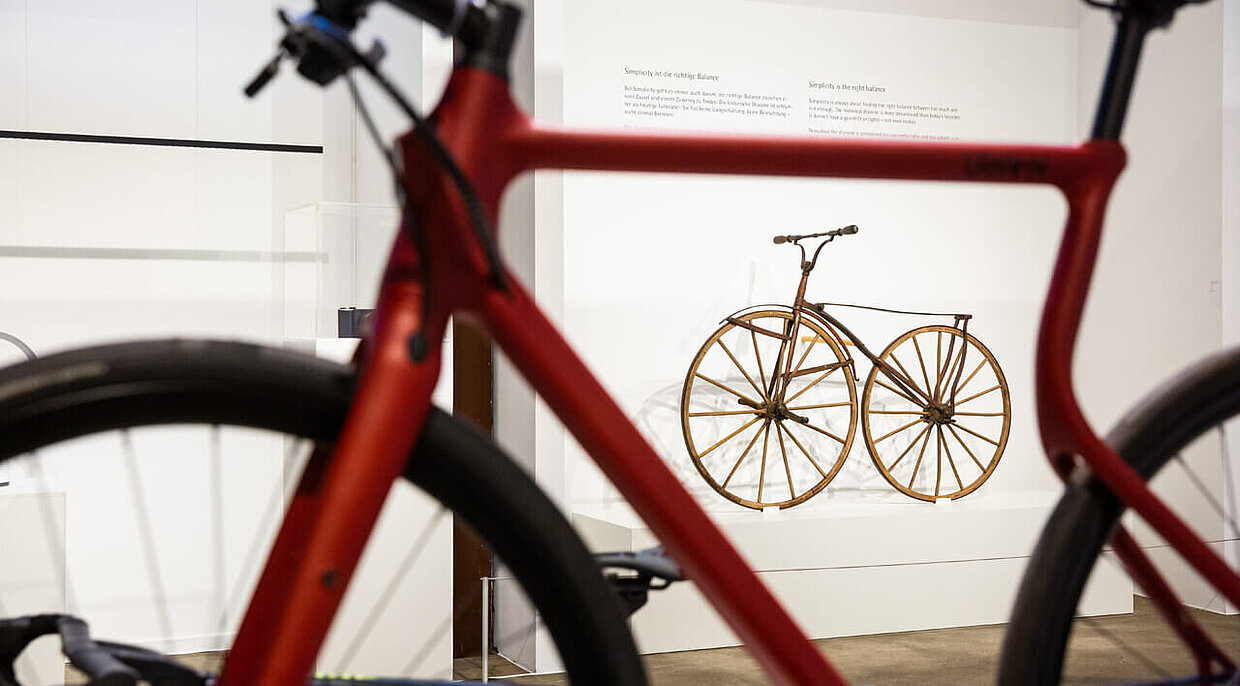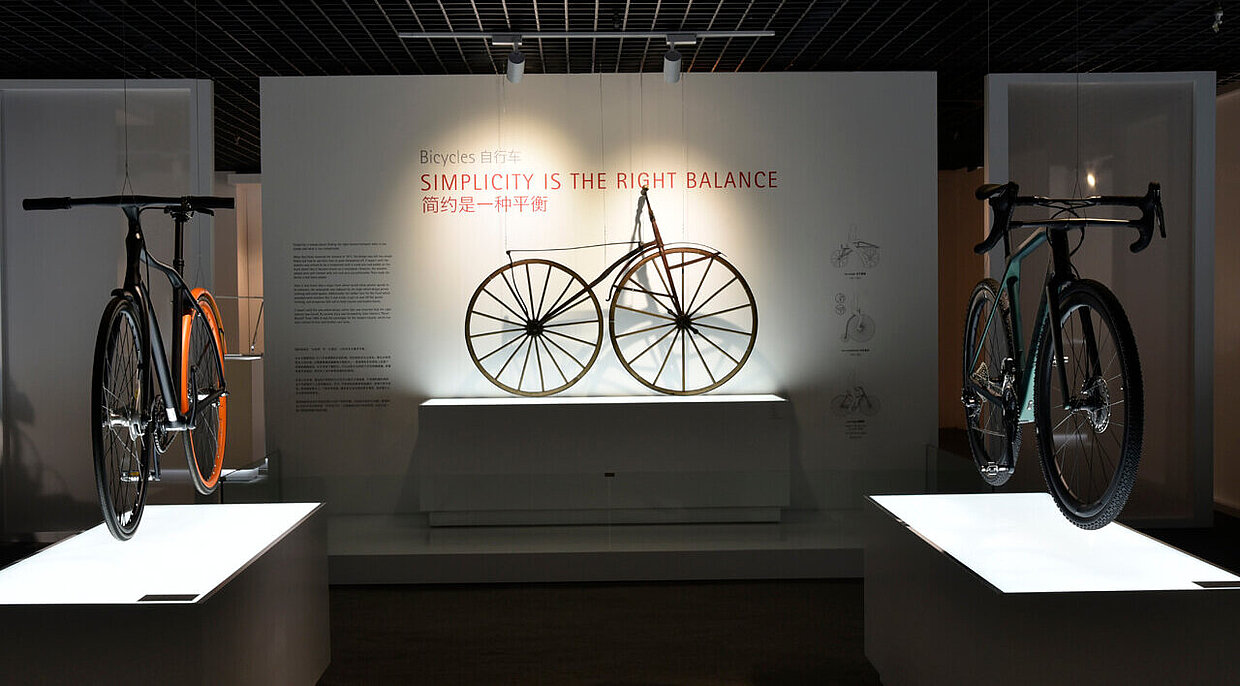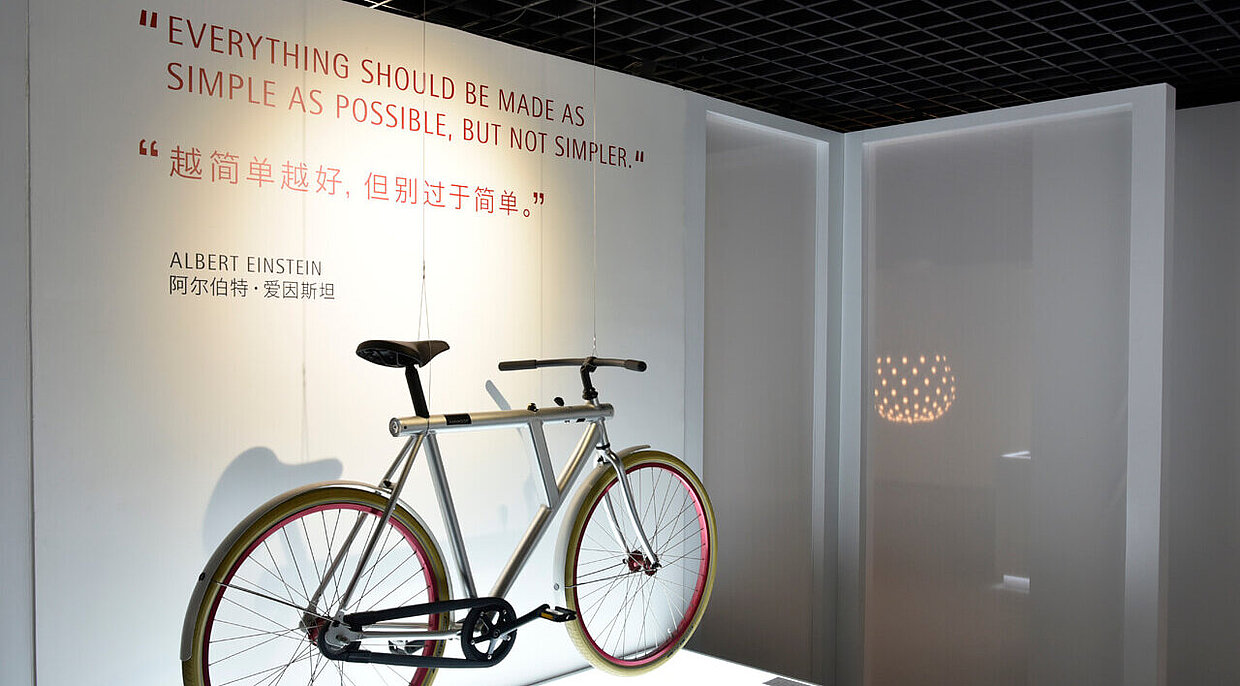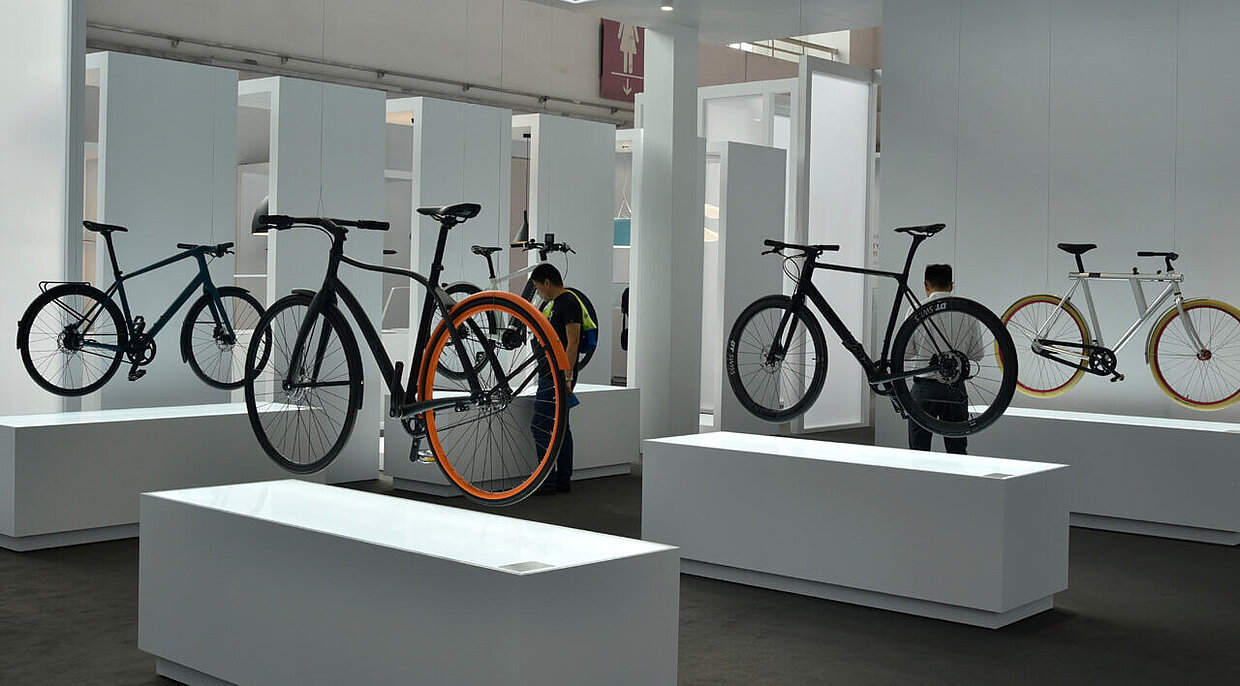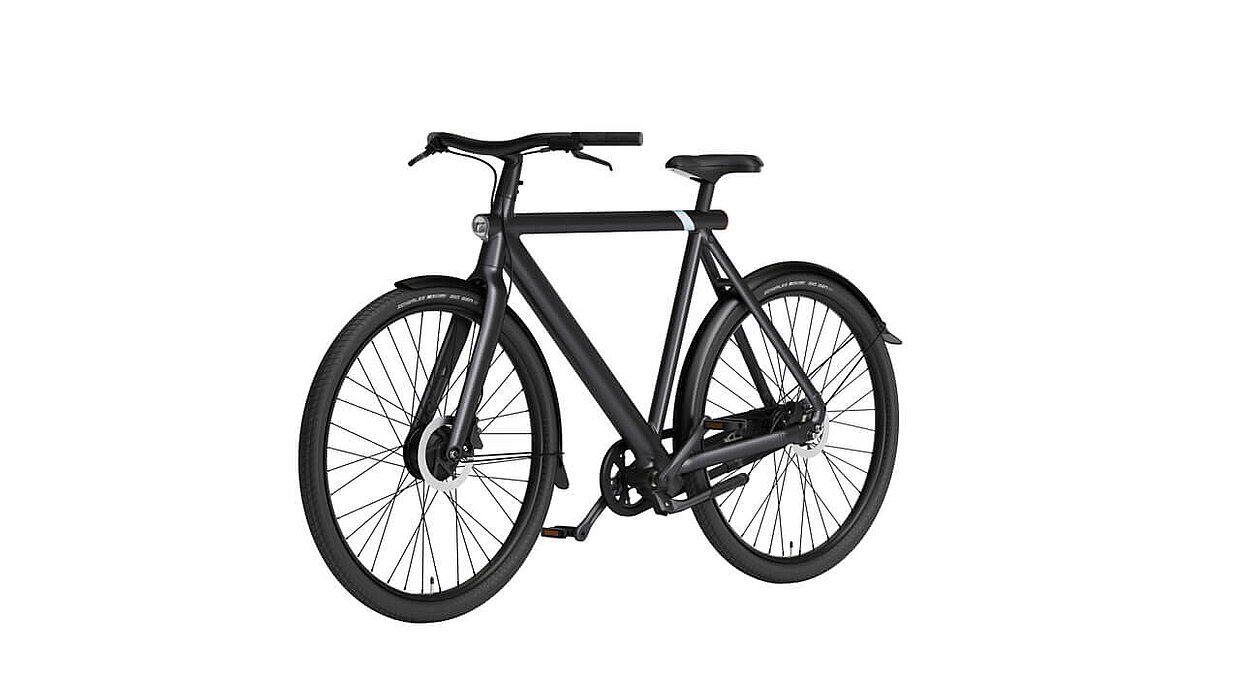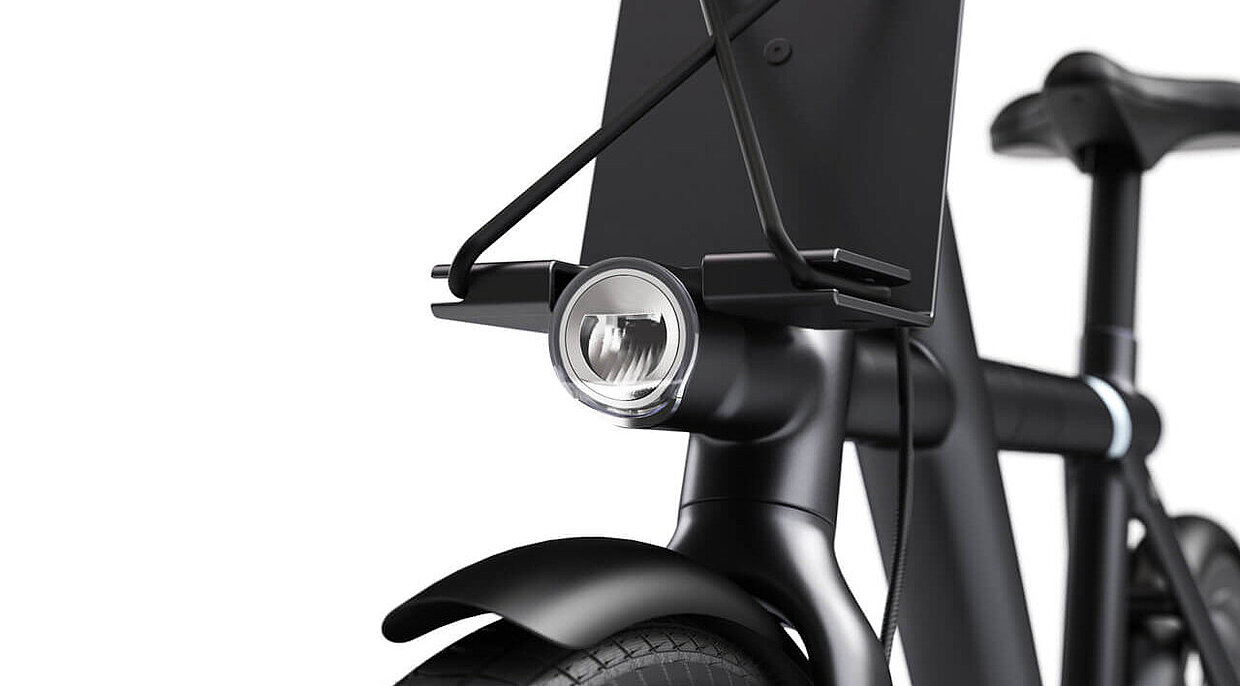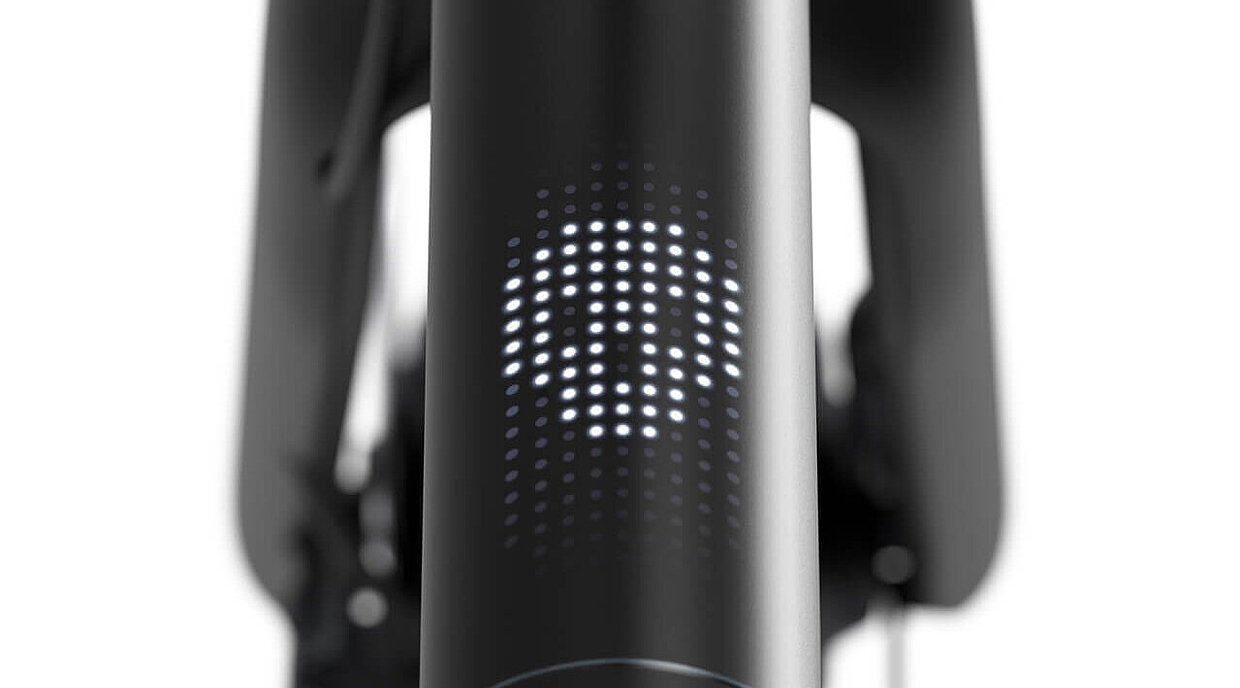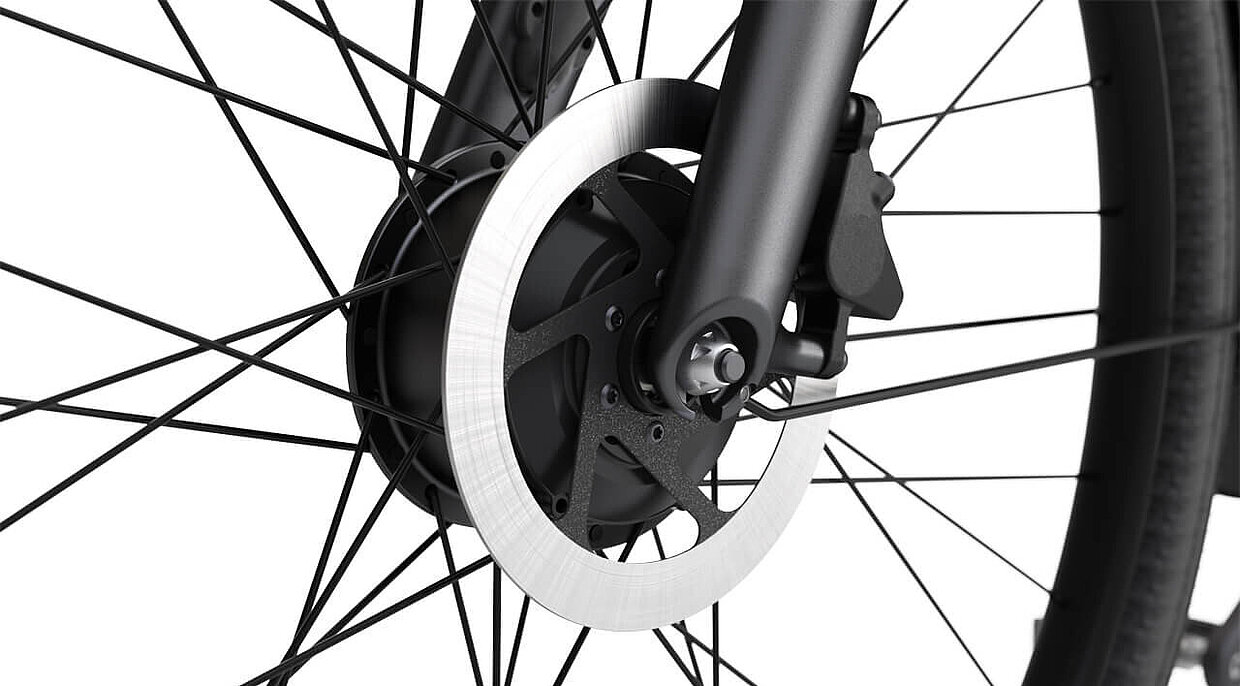Innovations in product design – getting back to basics
Every year, the Red Dot Award: Product Design sets out in search of innovative products. Since 2020, the competition has been recognising all kinds of new creations in the metacategory “Innovative Products”, ranging from ground-breaking new developments to changes to existing products. It’s clear from the first article in this news series that continuous improvements are the greatest innovation driver in product design. Additionally, it is hugely important for new products in particular that their complexity is concealed through radical reduction. However, this simplification does not equate with less quality or convenience. On the contrary: by getting back to basics, it is possible to integrate complicated new things in our everyday lives in a simple way.
The relationship between technical innovation and reduced design …
Many designers and engineers aspire to the idea of“Lighter, smaller, flatter” instead of “Higher, faster, further”, and there is a strong ambition to constantly outperform each other in this regard. As a result, the history of design is also a history of reduction – reducing form, weight, size and information. Especially in the case of highly complicated technical devices with a function that is new to users, the latter is extremely important. A reduced and clearly designed user interface allows the consumer to operate the product, all the while suggesting simplicity and an uncomplicated nature.
… using the example of the television
TVs are a good example of where this trend has been pushed to the extreme. At the beginning of its history, the television had a clear mission, which was to act as a home movie theatre. Over time, the screens have gotten bigger, and the thick cathode ray tube TVs have been more or less replaced by flat screen TVs since the 2000s. Nowadays, manufacturers are working on making TVs the new ‘über’ medium that combines all other media: three dimensional, connected, interactive, multi-functional – the new centre of the modern household. These highly complex TVs from a technology perspective are characterised by a design that is as reduced as possible, and now merely provide the frame for a new television experience. More and more functions are being integrated in ever-flatter and more streamlined devices – a complex task for designers. For example, the BRAVIA Z8H range of TVs from Sony, which won a Red Dot: Best of the Best in 2020, are just 8.4 cm deep. A high-resolution processor for images in 8K quality is integrated in the extremely streamlined frame, which is also part of an innovative sound system.
… using the example of the bicycle
Today’s bicycles – especially electric bikes – are also very high tech. The task of the bicycle designer is to simplify this complexity again to such a degree that the sophisticated technology can be used intuitively. Dutch bike manufacturer “VanMoof” demonstrates how to accomplish this feature in an impressive manner. The “Düsenjäger” (‘fighter jet’) model won a Red Dot back in 2011, as the designers succeeded in creating a very streamlined and lightweight city bike without any cables that concealed the solar-powered lights in the frame. VanMoof has now perfected this approach, and the VanMoof S3 and X3 electric bikes won a Red Dot: Best of the Best in the Red Dot Award: Product Design 2020. The jury’s rationale was as follows: “This e-bike impresses with a purist design that epitomises the essence of a bicycle. The innovative language of form goes hand in hand with a sophisticated functionality that integrates all elements into the frame in a stylish yet unobtrusive manner.”
Registration for the Red Dot Award: Product Design 2021 until 19 February
The search for innovative and well-designed products is currently in full swing. Designers and manufacturers can register their best products for the Red Dot Award: Product Design 2021 until and including 19 February. The competition is open to all kinds of objects, ranging from robots to watches and automobiles. Participants can register their products in one of the two metacategories “Innovative Products” or “Smart Products” as a second registration, after first entering the product in one of the roughly 50 traditional categories.



